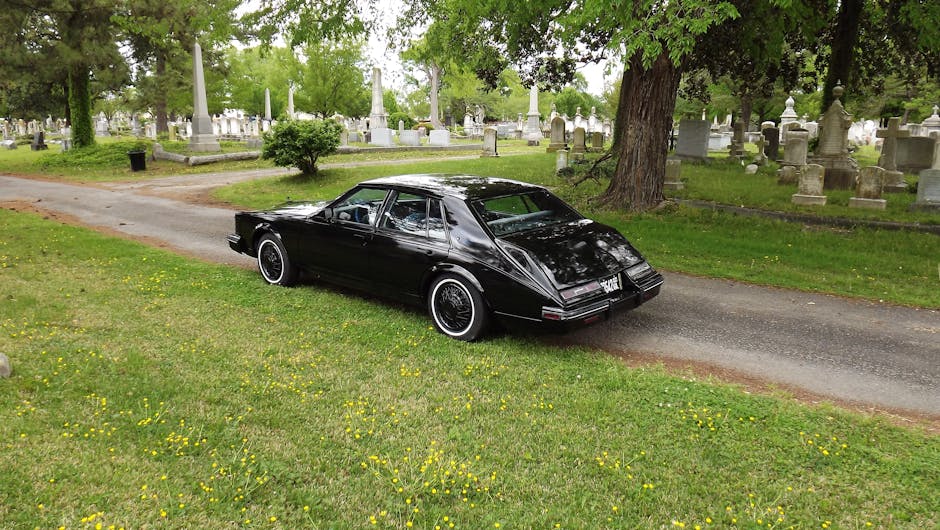U.S. WWII Cemetery Removes Displays About Black Troops, Igniting Backlash
The American Battle Monuments Commission (ABMC) has sparked outrage by removing informational exhibits about Black soldiers from the Netherlands American Cemetery in Margraten. The site, which honors over 8,300 U.S. troops who died liberating the Netherlands in WWII, previously highlighted African American contributions. Historians, veterans, and advocates condemn the decision as erasure of vital history.
Why Margraten Cemetery Matters
The Margraten cemetery is among the most hallowed U.S. military burial grounds in Europe, symbolizing the sacrifices of American forces in freeing the Netherlands from Nazi occupation. Its rows of white crosses and Stars of David are a somber reminder of the war’s toll. Educational displays—including those about segregated Black units—had provided context for visitors until their recent removal.
ABMC’s Controversial Reasoning
The ABMC claims the removal aligns with a plan to standardize exhibits across all overseas cemeteries, with a new “unified storytelling approach” in development. Critics, however, argue this dismisses the already-scant recognition of Black soldiers’ roles.
Dr. Matthew Delmont, a historian of African American military service, called the move “deeply troubling,” noting, “Black troops fought racism at home and abroad. Erasing their stories dishonors their sacrifice.”
Black Soldiers’ Overlooked WWII Contributions
African American troops played pivotal roles in WWII, including in the Red Ball Express (a critical supply line) and the Tuskegee Airmen (a renowned Black fighter pilot unit). Many faced segregation and prejudice, yet their efforts were vital to Allied success—including in the Netherlands, where they participated in combat and logistics.
Growing Outcry from the Public and Politicians
The decision has drawn sharp criticism:
– Dutch citizens, who’ve long “adopted” graves of U.S. soldiers, called the removal disrespectful.
– U.S. lawmakers, like Rep. Barbara Lee (D-Calif.), demanded accountability, tweeting: “Erasing Black servicemen’s history is unacceptable.”
Calls for Restoration and Inclusion
Advocates urge the ABMC to not only reinstate the displays but expand them to highlight other marginalized groups, such as Native American and Japanese American troops. The controversy underscores broader debates about whose stories are deemed worthy of remembrance.
As pressure mounts, the cemetery stands at the center of a reckoning over how America honors its diverse wartime heroes.




